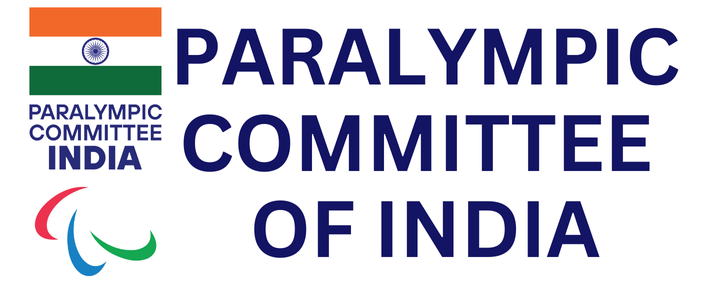Sitting volleyball is an exciting and dynamic team sport designed for athletes with lower limb impairments. It has been a part of the Paralympic Games since the 1980 Arnhem Paralympics. The sport emphasizes skill, teamwork, and strategy as players compete while seated on the court.
Men’s and women’s eight-team tournaments: teams will be drawn into two pools and the two highest placed teams in each group will progress to the semi-finals
Sitting volleyball involves two teams of six players aiming to land the ball in the opposing team’s half of the court.
The rules of sitting volleyball closely resemble those of standing volleyball, with one key difference: a part of each player’s body, from the buttocks to the shoulder, must maintain contact with the court whenever they attempt to play the ball.
Teams are allowed a maximum of three touches of the ball before it must be sent over the net, along with a legal block. The primary offensive maneuver involves setting and spiking the ball, where one player sets it up for a teammate to spike it into the opponent’s court.
At the start of each match, three players form a front row near the net, while the remaining three players line up in the back row. Players rotate positions after each serving opportunity.
Each team may designate one libero, a defensive specialist who cannot execute attacking shots. The libero can be easily identified by their differently colored kit.
The volleyball court measures 10m x 6m and is divided by a net set at a height of 1.15m for men’s matches and 1.05m for women’s matches.
All players with physical impairments are eligible to participate in Sitting Volleyball. The majority of players are amputees, showcasing the inclusivity of the sport. Additionally, each team can include two players with ‘minimal impairment’, whose conditions, such as anterior cruciate ligament damage or missing fingers, might seem minor but still prevent them from competing in the non-disabled version of volleyball.




No Comments
Sorry, the comment form is closed at this time.